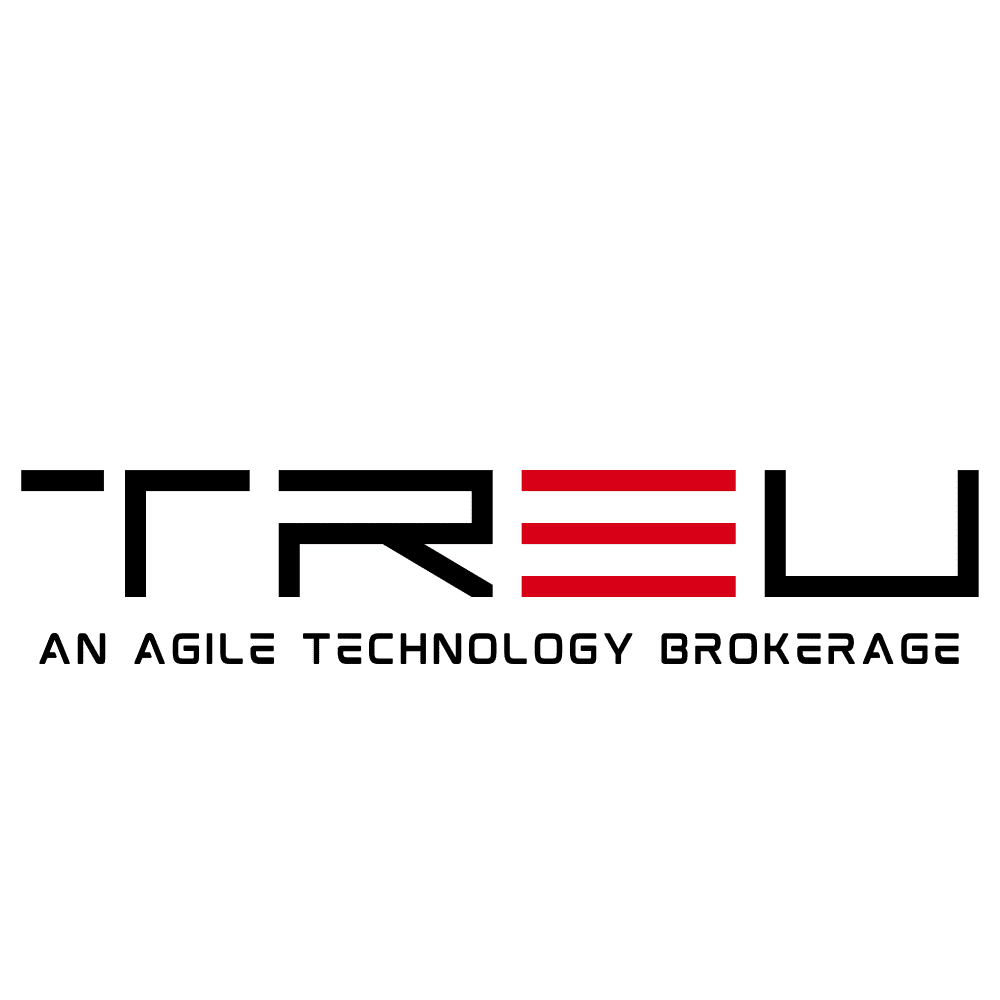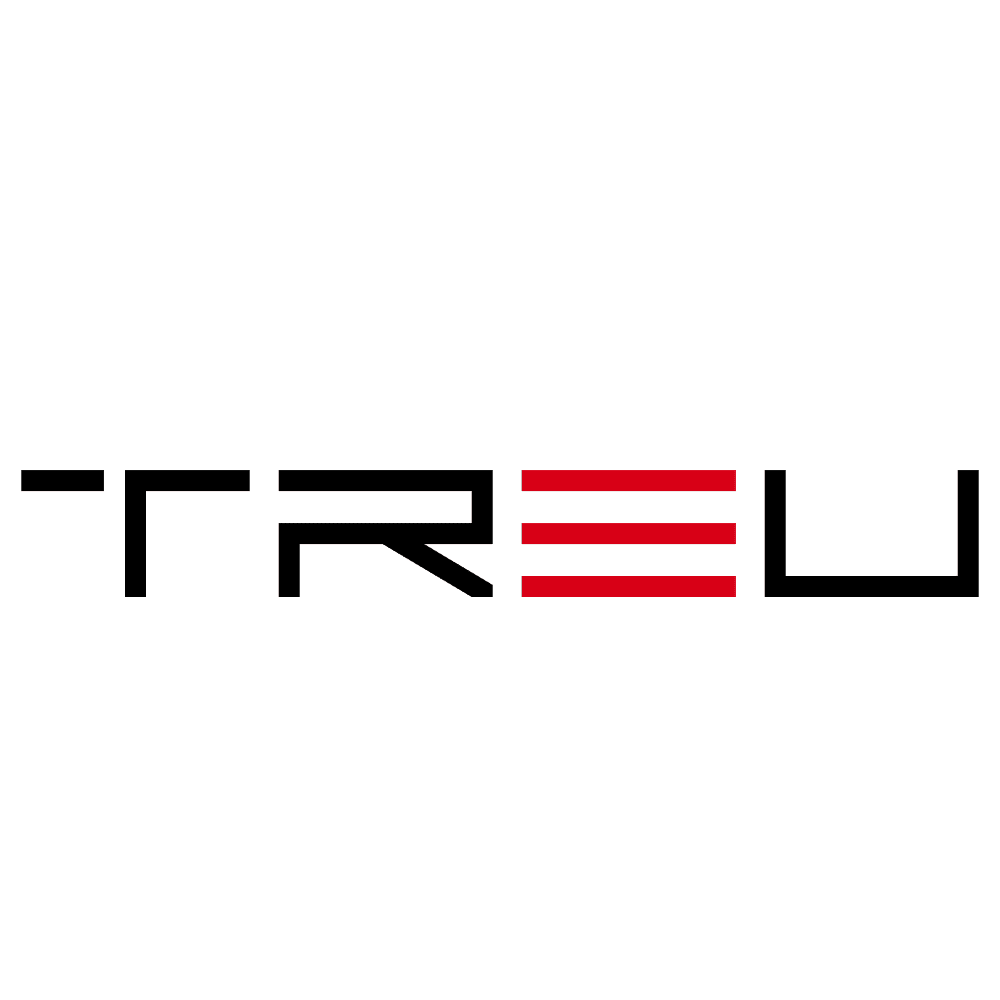How Agentic AI Is Transforming Jobs and Talent Redeployment
The rise of Agentic AI marks a new era in the way work is done, decisions are made, and businesses adapt to technological change. With AI systems now capable of autonomous decision-making, delegation of tasks, and proactive problem-solving, organizations are facing a dual challenge: embracing innovation while ensuring their workforce remains relevant and empowered. Inside this technological wave, proactive talent redeployment is not just advisable—it’s essential.
What Is Agentic AI and Why Does It Matter to Today’s Workforce?
Agentic AI is the next evolution of artificial intelligence. Unlike traditional AI systems that react to commands or operate within rigid parameters, Agentic AI operates with a degree of autonomy. It can initiate tasks, set goals, respond dynamically to new information, and even collaborate with both humans and machines.
Key Capabilities of Agentic AI Include:
- Autonomous Decision-Making: AI agents can weigh priorities, assess risks, and initiate actions without human intervention.
- Contextual Awareness: These systems recognize contextual shifts in their environment, allowing them to make smarter and more flexible decisions.
- Goal-Driven Behaviors: Agentic AI doesn’t just complete individual tasks—it optimizes its actions toward larger objectives.
- Collaboration Across Systems: It can collaborate across digital environments, from workflow engines to communication platforms like Slack or Teams.
This evolution matters because it directly intersects with the human workforce. Tasks that once required middle-management decisions, scheduling dexterity, or customer-facing communication are now being handled by digital agents—efficiently, at scale, and around the clock.
Industries Most Impacted by Agentic AI
While all sectors are beginning to feel the ripple effects of Agentic AI, certain industries are experiencing more dramatic transformations. These include:
- Finance: AI agents handle forecasting, fraud detection, and even customer service for basic account inquiries.
- Healthcare: Autonomous systems optimize appointment scheduling, manage patient records, and assist diagnostics.
- Retail & Logistics: AI automates inventory tracking, personalized marketing, demand forecasting, and last-mile logistics.
- Manufacturing: Predictive maintenance, automation of repetitive tasks, and real-time monitoring are all being driven by Agentic AI.
As these industries continue integrating intelligent systems, a systemic rethinking of labor allocation is necessary. Jobs are not simply being eliminated—they’re being transformed.
Proactive Talent Redeployment: A Business Imperative
Businesses that take a defensive posture to AI-induced disruption risk losing skilled talent and falling behind in competitiveness. Forward-thinking organizations are instead choosing to invest in talent redeployment strategies—ensuring their human workforce evolves in tandem with AI development.
What is Talent Redeployment?
Talent redeployment refers to the strategic internal mobility of employees into new roles or departments, often accompanied by re-skilling or up-skilling initiatives. It enables businesses to:
- Retain Institutional Knowledge: Experienced employees bring insight that new hires might lack—even when machines are assisting the process.
- Minimize Layoffs: Redeployment reduces turnover and avoids unnecessary disruption from workforce reductions.
- Boost Employee Morale: Investing in your workforce creates a culture of learning and upward mobility, vital during transitions.
- Maximize ROI on Training: Redeployed employees often yield greater returns on training investments compared to external recruits.
Strategies for Navigating the Agentic AI Transition
1. Assess Vulnerable Roles Early
Begin by identifying roles at high risk of automation by Agentic AI systems. These often include repetitive, rule-based, and time-sensitive functions.
2. Forecast Future Skill Requirements
HR leaders should work with AI specialists to anticipate what skills will be valuable in the near future. These may include critical thinking, digital fluency, ethical decision-making, and human-centered design.
3. Build Internal Learning Cultures
Create avenues for employees to explore new skills through:
- Microlearning Modules: Bite-sized training courses that allow employees to learn during the flow of work.
- Mentorship Programs: Pair senior managers or specialists with employees entering new functional areas.
- AI-assisted Learning Paths: Use adaptive learning platforms to tailor redeployment training based on employee skill gaps.
4. Implement Cross-Functional Mobility
Encourage employees to move between departments to gain broader perspectives, especially in hybrid roles that interact with AI systems. For example, a customer support agent might transition into an AI analyst who trains and monitors chatbots for product accuracy and brand tone.
5. Align AI Strategy With Workforce Planning
A critical misstep many firms make is siloing their AI strategy away from their workforce planning. True transformation only happens when CIOs, CHROs, and business strategists jointly define how technologies and people evolve together.
Agentic AI Is a Force Multiplier—Not a Replacement
While there’s legitimate concern about job displacement, the long-term view positions Agentic AI not as a jobs killer, but as a force multiplier. Early adopters are learning that human-AI collaboration leads to increased productivity, better decision-making, and scalable innovation.
For example, instead of reducing their data science teams, some companies are delegating repetitive modeling tasks to AI agents. This frees up time for human experts to focus on strategic forecasting or nuanced trend analysis. Similar patterns are emerging in legal services, marketing, and sales—where AI handles groundwork and humans drive complex decision-making and relationship-building.
Conclusion: The Time to Act Is Now
Agentic AI is not a distant future trend—it’s today’s challenge and opportunity. Organizations can either react belatedly or proactively shape their workforce for the AI-native era. By investing in agility, upskilling, and strategic talent redeployment, businesses can thrive amid the AI revolution—retaining talent, growing resilience, and staying ahead of change.
Ultimately, the most successful companies will be those that see their human capital not as cogs to be replaced, but as evolving assets to be transformed and empowered through intelligent augmentation.

